It’s LGBT Health Awareness Week!
According to Keck Graduate Institute, “LGBT Health Awareness Week is a time to bring attention to the devastating cycle of discrimination and health disparities that affect lesbian, gay, bisexual and transgender (LGBT) people.” Each sexual and gender minority face overlapping health disparaties, along with their own distinct obstacles that combine with other systems of oppression. By highlighting each group’s risks, patients and providers can work together to address potential safe practices and behaviors, helping to better manage the patient’s health.
Higher risk for:
depression and anxiety due to social alientation, discrimination, rejection from loved ones, abuse, and violence
could be more severe in lesbians still in the closet.
STIs like HPV, bacterial vaginosis, and trichomoniasis.
tobacco use, along with alcohol and drug dependence.
More likely to:
stay silent when in a domestic violence situation due to fear of discrimination or threats from their abuser of being outed
have lack of access to knowledgeable, affirming providers.
Gay
Higher risk for:
STIs like HIV/AIDS, Syphilis, Gonorrhea, Hepatitis A and B, and HPV
depression and anxiety due to stigmatization around male mental health, fear of discrimination
More likely to:
suffer from body image issues and eating disorders like anorexia and bulimia nervosa
possibly due to media portrayal of slender, effeminate gay men
stay silent when in a domestic violence situation due to fear of discrimination, lack of resources and facilities
have lack of access to knowledgeable, affirming providers.
Bisexual
There has been considerably less research done into bisexual identifying people, which plays into their health risks and disparities.
Higher risk of:
mental health issues
lifetime anxiety disorder rates higher than their heterosexual counterparts; bisexual women have higher rates compared to lesbians, whereas bisexual men have similar rates to gay men.
substance use
bisexual women have higher rates compared to lesbians and heterosexual women, bisexual men have higher rates compared to heterosexual men and similar rates to gay men.
minority stress
Bisexual men are less likely to be tested for STIs, despite often being at higher risk compared to gay and heterosexual men.
Bisexual women may be at increased risk for STIs, like herpes, compared to heterosexual and lesbian women.
Transgender
Higher risk of:
minority stress
preventative care avoidance, alongside “lack of gender-related insurance coverage, being refused care, difficulty finding a doctor with expertise in transgender care or fear of discrimination in a health care setting.”
complications related to HRT, especially if taken in high doses and going unmonitored.
reproductive cancers; uterine, cervical, and breast cancer in transgender men, prostate and testicular cancer in trans women, though the risk is low.
alcohol and substance use, such as methamphetamines, ecstasy, and cocaine, which have been linked to higher rates of HIV due to impaired decision making.
depression and anxiety due to minority stress, inadequate social support, discrimination, abuse, and violence.
heart disease due to greater rates of substance use, obesity, and hormone therapy.





